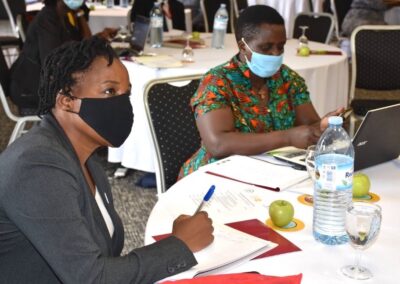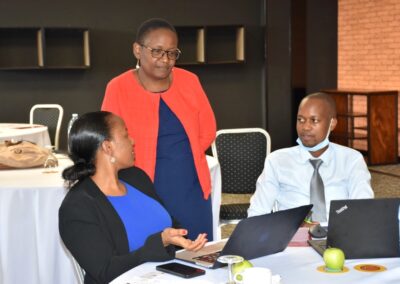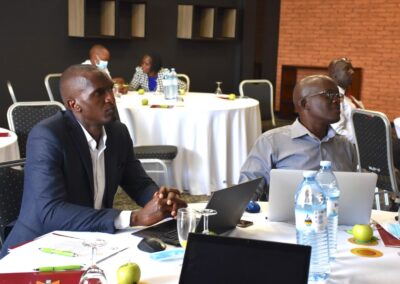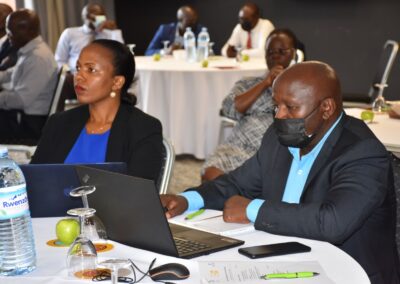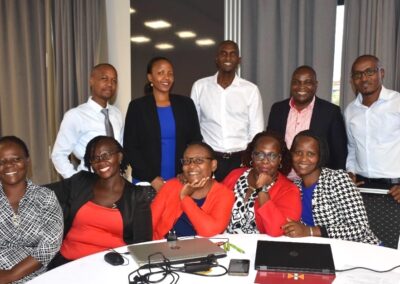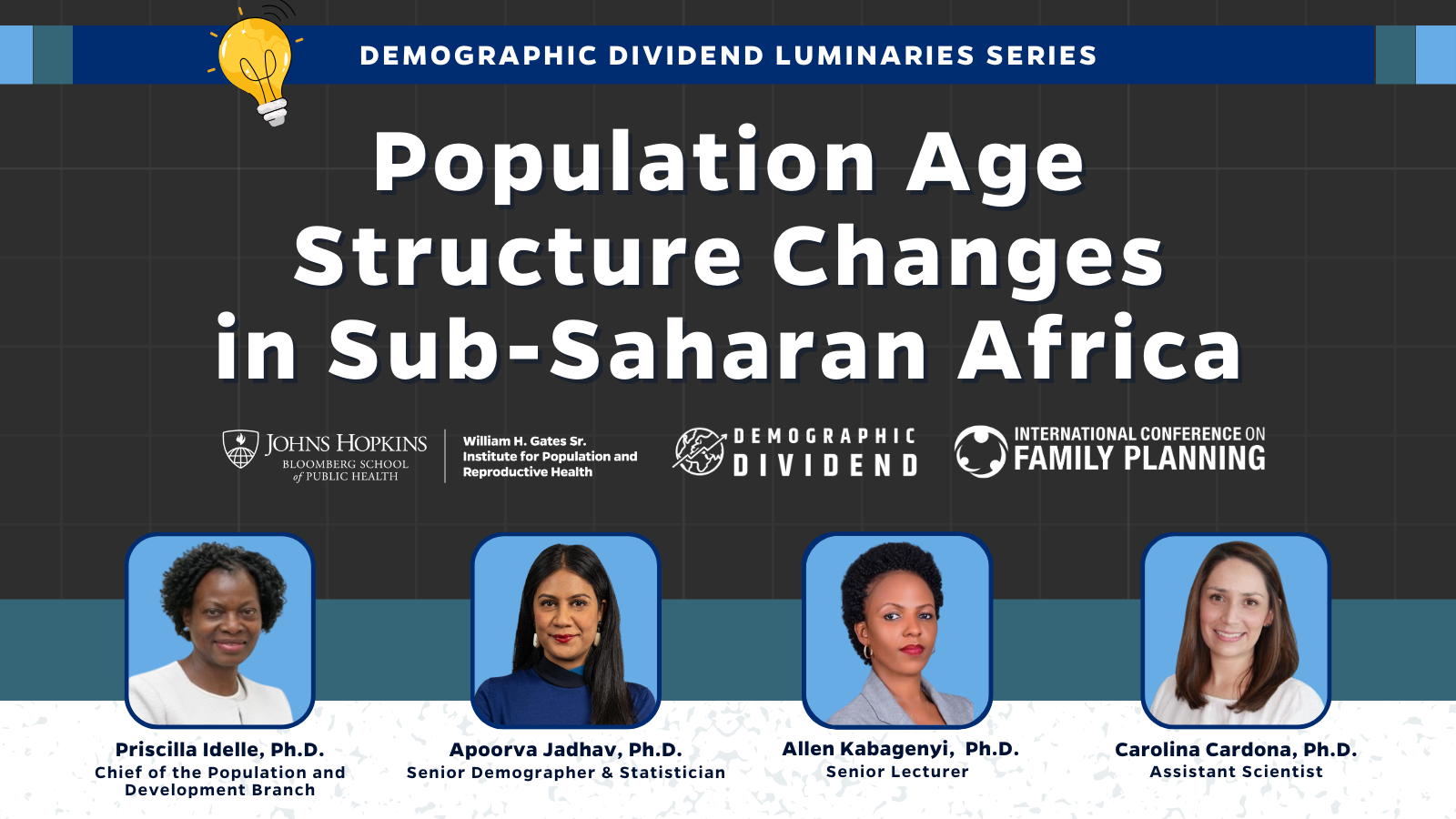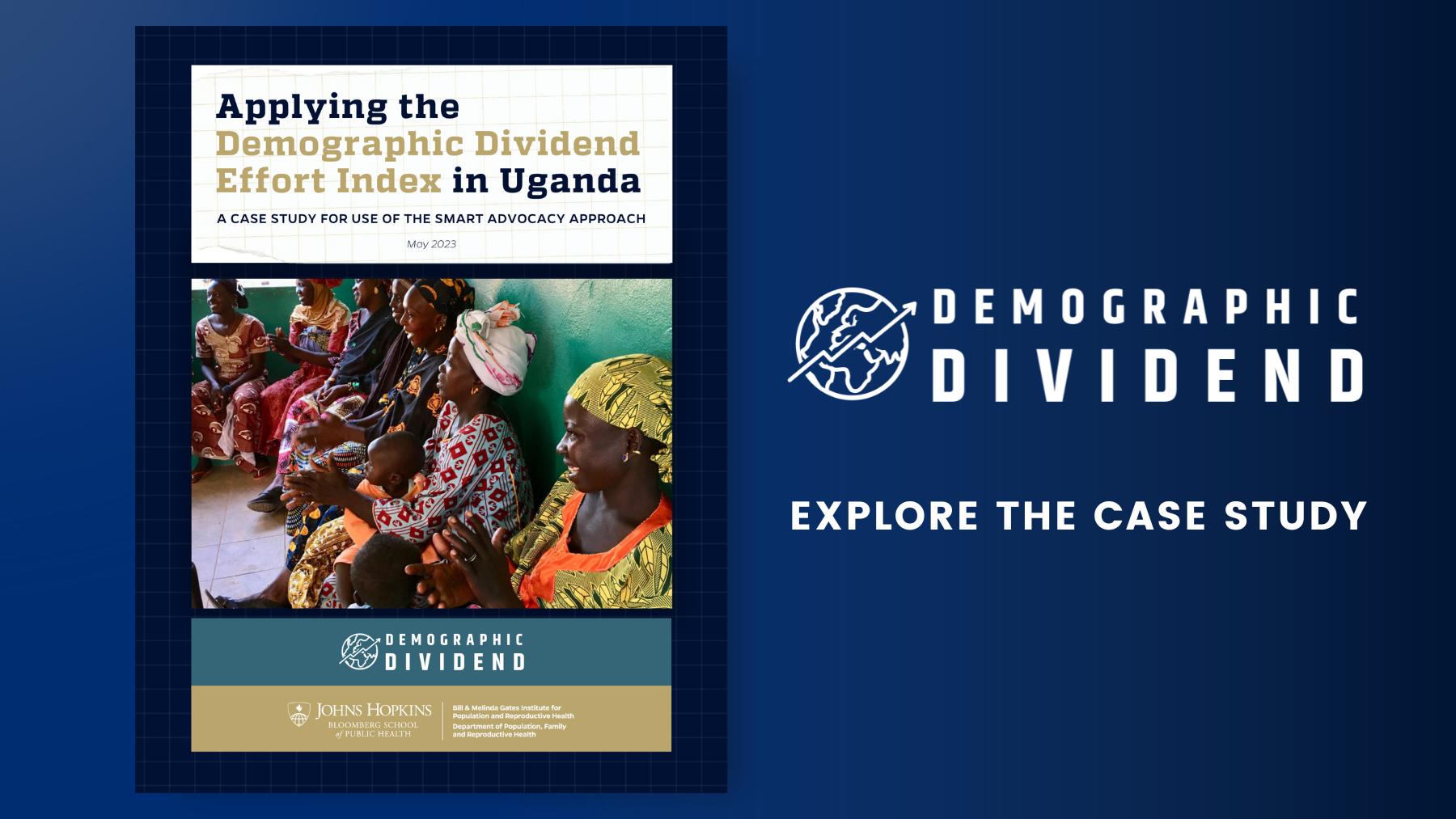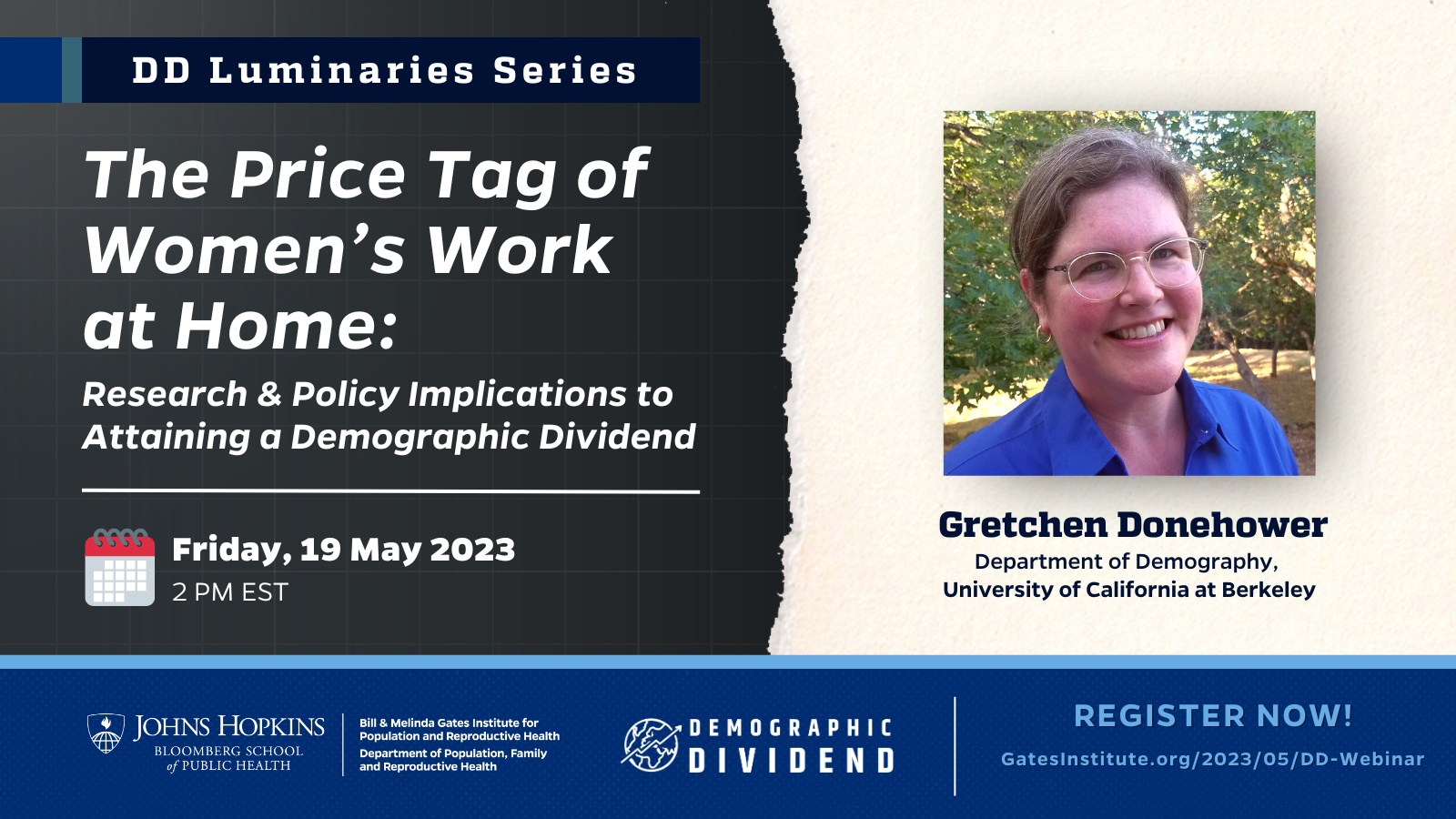Findings from the Demographic Dividend Effort Index in Uganda
By Carolina Cardona, Stella Kigozi, Molly Moesner, Jean Christophe Rusatira, Jotham Musinguzi
Changes in the population age structure do not translate into economic growth without proper investments—they require joint efforts set by multiple sectors.
To date, multiple frameworks and tools have been developed to conceptualize the multi-sectoral aspect of the demographic dividend, and to keep track of the progress made by countries in setting a favorable policy environment to harness the benefits of a demographic dividend.
Some of those tools and frameworks are, DemDiv developed by the Health Policy Project and the United States Agency for International Development (USAID), and The Four Dividends developed by the Population Reference Bureau (PRB).
Clearly, we need tools like these to keep track of the ongoing changes captured by objective measures focused on outputs, such as the median age of the population, the total fertility rate, infant and under-five mortality rates, and the proportion of women in the labor market, among others.
However, changes in these outputs do not happen overnight. We need to invest in them and we need to have policies that support these changes. We can think of these “investments” as efforts that need to happen before we can observe changes in the output indictors that we track.
The idea of measuring the level of existing efforts in a country to promote change in output indicators is not new. A well-established tool developed in the early 70s is the Family Planning Effort Index, which has collected data periodically for close to 100 countries. Similar tools are the AIDS Program Effort Index and the Maternal and Neonatal Program Effort Index. These tools provide several benefits for countries, particularly for planning and evaluation purposes. However, they measure efforts in silos, despite the interconnectedness and potential synergy between these sectors, especially when discussing the demographic dividend.
In the case of Uganda, the Uganda 2040 Vision prioritizes investments that empower young people, accelerate demographic change, and drive innovation and competition. In addition to the 2040 vision, Uganda developed the 2020 National Population Policy to promote sustainable socio-economic development and to harness the country’s demographic dividend potential.
Currently, progress is measured by tracking outcome indicators without much consideration on the level of efforts that are put in place to create change. In 2021, the National Population Council of Uganda, in collaboration with the Bill & Melinda Gates Institute for Population and Reproductive Health at Johns Hopkins University, identified this data gap and decided to fill it by collecting data using the Demographic Dividend Effort Index (DDEI) tool.
The DDEI is structured across six sectors: i) Family Planning; ii) Maternal and Child Health; iii) Education; iv) Women’s Empowerment; v) Labor Market; and vi) Governance and Economic Institutions.
Data were collected through an online survey that evaluated the perception of experts who provided their judgment on the details of in-country efforts to set a favorable policy environment to harness a demographic dividend. The survey was conducted between November 2021 and January 2022. The team purposively identified 105 experts that represented the above six sectors. Each participant responded only to the questionnaire in their sector of expertise, and all responses were recorded on a 10-point Likert scale.
Each questionnaire was structured around five dimensions: policy, service or programs, advocacy, research, and civil society. The sectorial DDEI was then estimated as the average of all questions belonging to a sector. For the overall index, we multiplied all sectorial averages by ten and divided them by the total number of sectors. Our index ranged from 0–10.
Of the 105 experts we surveyed, there were 19 from the Family Planning sector, 18 from Maternal and Child Health sector, 21 from Education sector, 23 from Women’s Empowerment sector, 12 from the Labor Market sector, and 12 from Governance and Economic Institutions sector. Participants worked at various types of organizations such as university, civil society, faith-based, private sector, and not-for-profit institutions.
The overall DDEI was 6.03 [95% CI: 5.79-6.28]. Maternal and Child Health recorded the highest index (6.48 [95% CI: 5.72-7.24]), while the Labor Market had the lowest (5.28 [95% CI: 4.70-5.87]). The effort index among Family Planning experts was in the middle, 5.86 [95% CI: 5.40-6.32]. The policy dimension, which asked about existing policies at the central and local governments, recorded the highest index in Family Planning, Maternal and Child Health, and Labor Market—6.23 [95% CI: 5.71-6.75], 6.69 [95% CI: 6.04-7.33], and 5.83 [95% CI: 5.16-6.50], respectively. In these same sectors, the availability of services or programs scored the lowest index. The average perception of experts who completed the Education and Women’s Empowerment questionnaires showed a similar pattern: both sectors scored the highest index in the advocacy dimension—6.62 [95% CI: 5.96-7.28] and 6.44 [95% CI: 5.80-7.07], respectively—and the lowest in terms of policies and availability of services or programs.
Our findings in the sectors of Family Planning, Maternal and Child Health, and the Labor Market suggest that Uganda has policies in place to address issues in these sectors. However, these policies do not seem to translate into actions, given that they reported the lowest index in the provision of services or programs. The estimates reported by Labor Market experts reflect the economic downturn the country experienced due to the COVID-19 pandemic, and should be utilized to improve the resilience of the labor market for any future shocks.
In April of this year, we presented the findings from the DDEI to a group of experts in Kampala, Uganda. The Ugandan National Population Council organized this workshop intended to spark discussion and develop recommendations that can translate existing policies into actions. In this blog, we will not provide a detailed list of the policy recommendations, but rather highlights from the Family Planning, Maternal and Child Health, and the Labor Market Sectors. The experts indicated that the country needs to improve current family planning programs through advocacy campaigns, given the inadequate coverage of family planning services and inequitable access to family planning information and access, in addition to limited resources. As for maternal and child health, the country should consider adopting digital platforms to expand access to maternal and child healthcare services. Finally, they recommended that a functional labor market information system should be put in place to promote the dissemination of job opportunities.
Altogether, we consider the implementation of the DDEI tool in Uganda a success, given the high completion rate (82%) and the diverse background of the respondents that produced these informative results. While collecting the data required a great deal of attention and coordination with participants, the insights gained from this study can serve as useful resources for key decision-makers. The Ugandan National Population Council has an opportunity to utilize these findings to guide discussions and generate strategic recommendations for the local government and accelerate progress across sectors such that greater change can occur in output indicators, and the benefits of the demographic dividend can be fully realized.
See photos from the workshop hosted by the Ugandan National Population Council with the support from the Bill and Melinda Gates Institute for Population and Reproductive Health and the United Nations Population Fund discussing the DDEI results from Uganda below:

